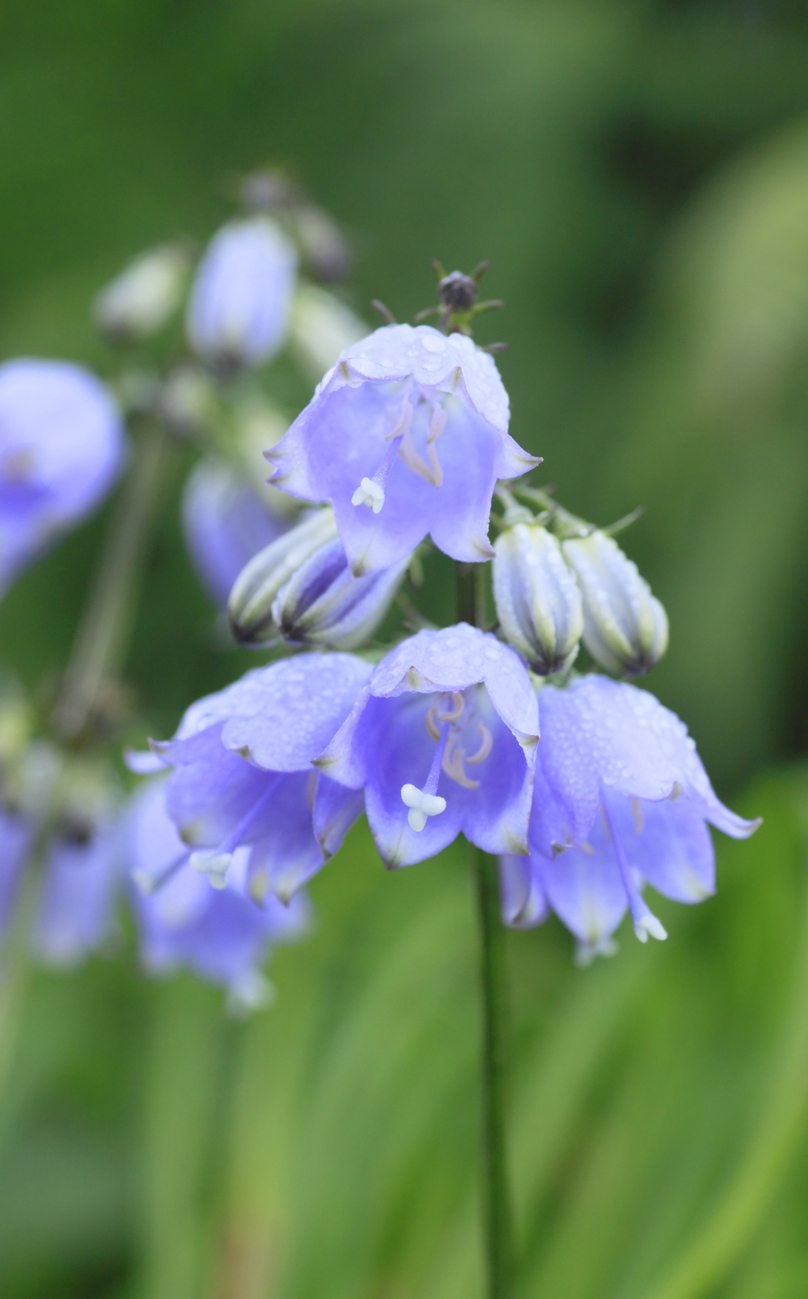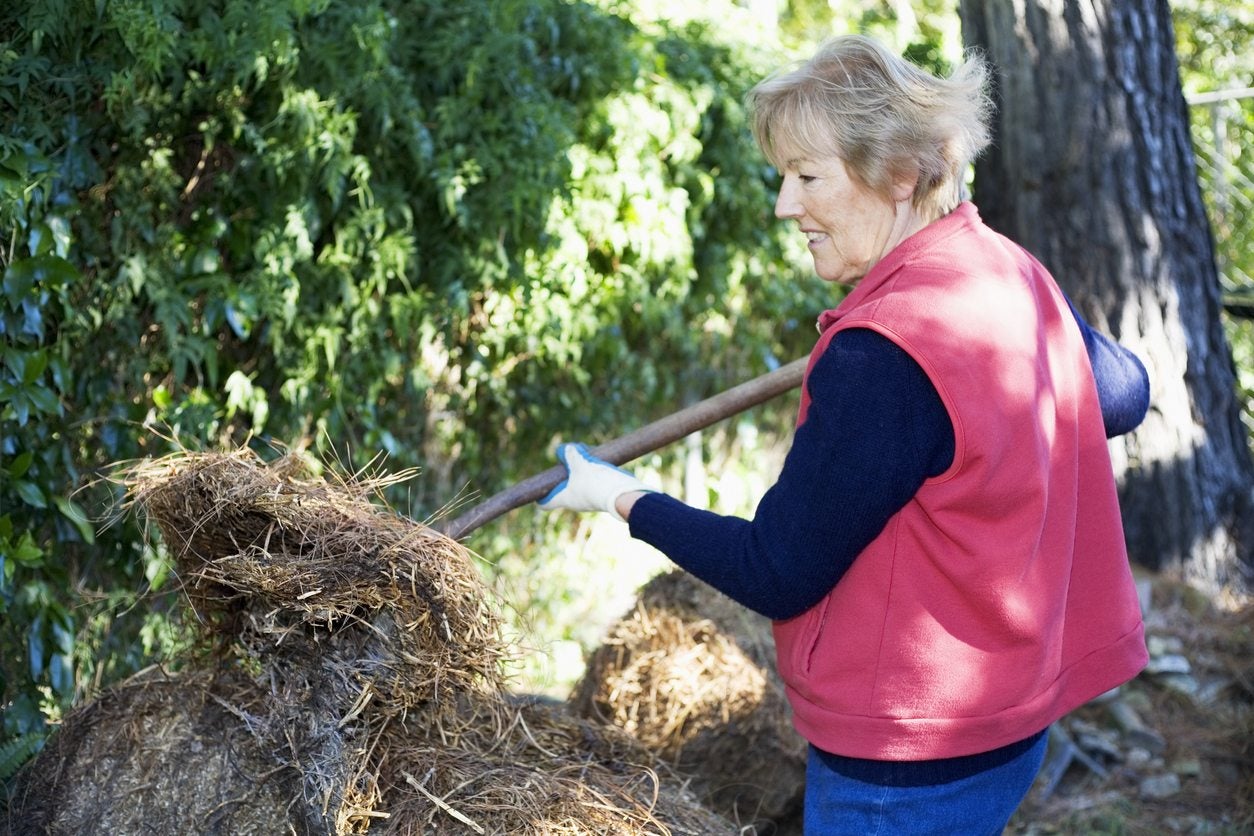
Mary H. Dyer
A Credentialed Garden Writer, Mary H. Dyer was with Gardening Know How in the very beginning, publishing articles as early as 2007.
Latest articles by Mary H. Dyer
-
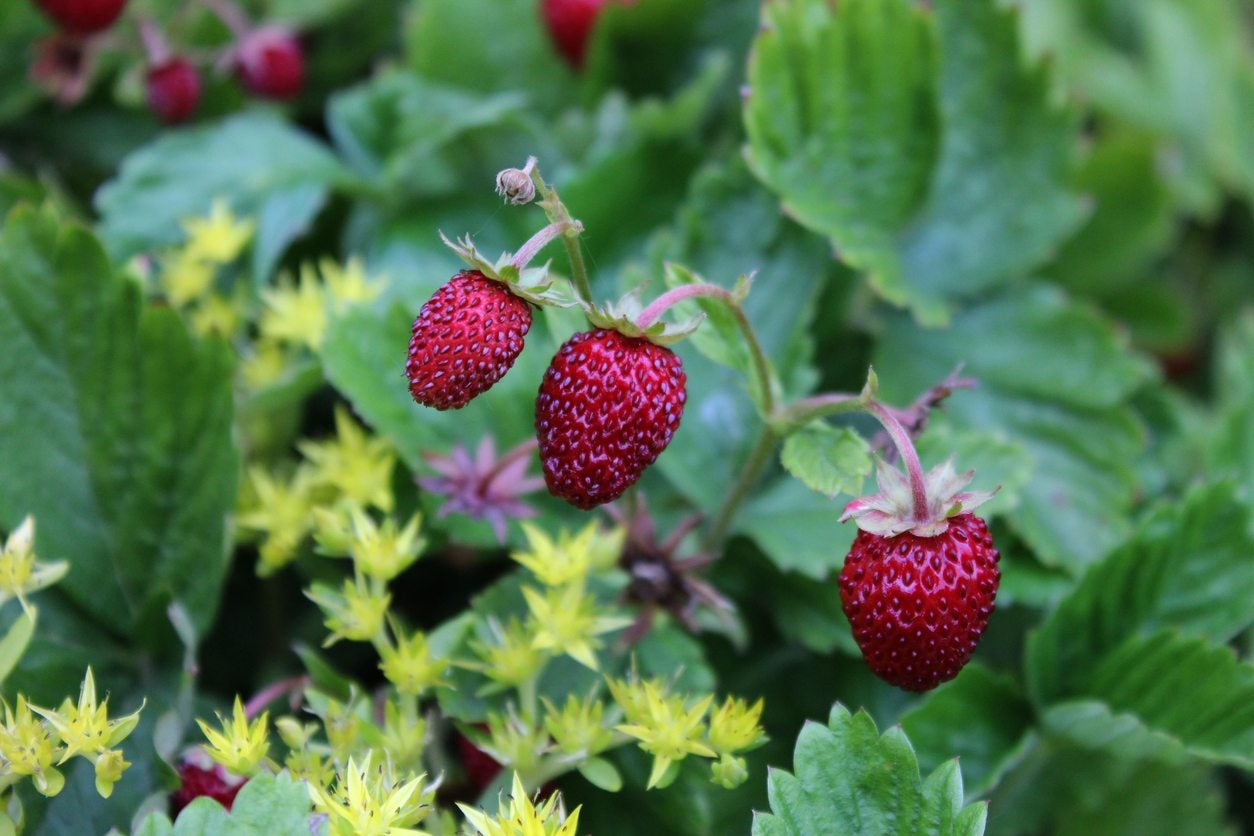
What Is A Forest Garden – Learn About Edible Forest Garden Plants
A forest garden isn't exactly a forest, and it isn't quite an orchard or a vegetable garden. Rather, a forest garden is a planting method that takes advantage of beneficial relationships between plants. Learn about planting an edible forest garden here.
By Mary H. Dyer
-
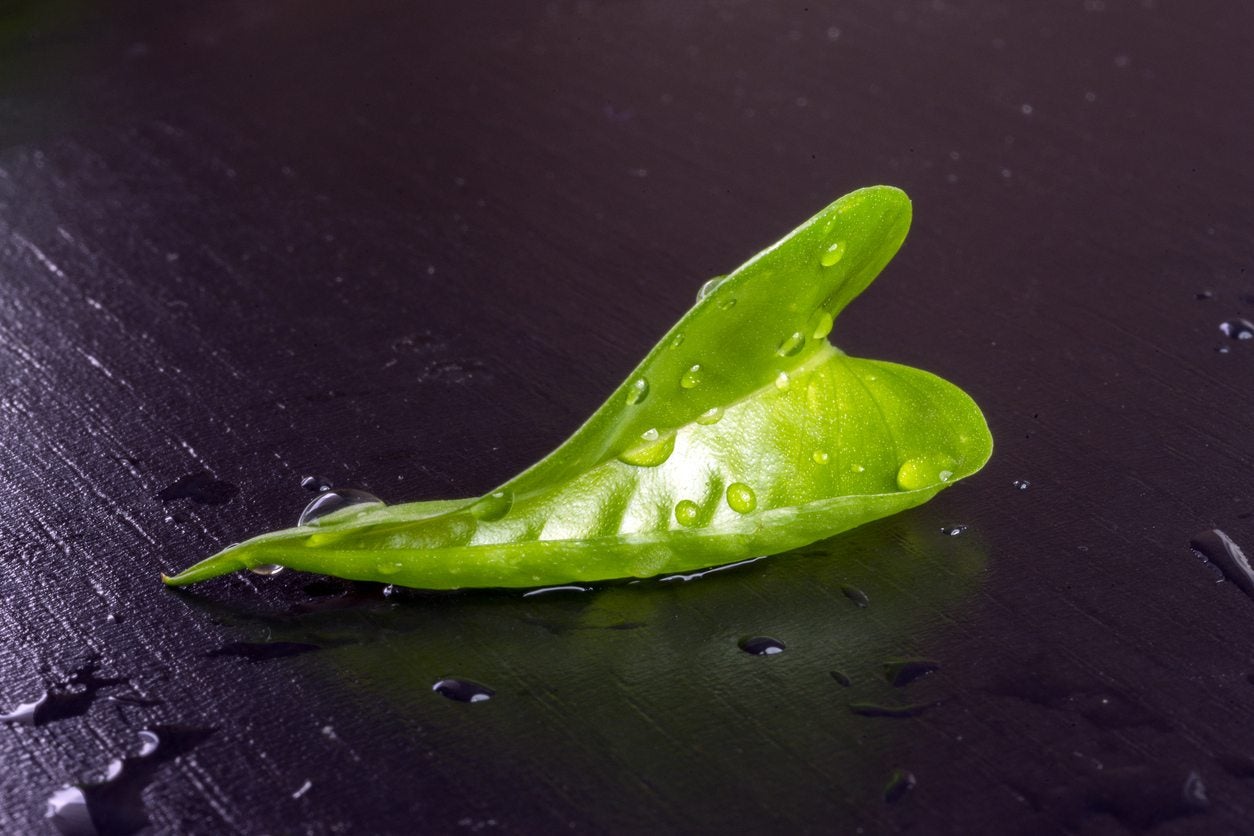
My Houseplant Is Dropping Leaves: Why Leaves Are Falling Off Houseplants
Yikes! My houseplant is dropping leaves! Houseplant leaf drop isn't always easy to diagnose, as there are a number of possible reasons for this worrisome problem. Click this article to learn what to do when leaves are falling off houseplants.
By Mary H. Dyer
-
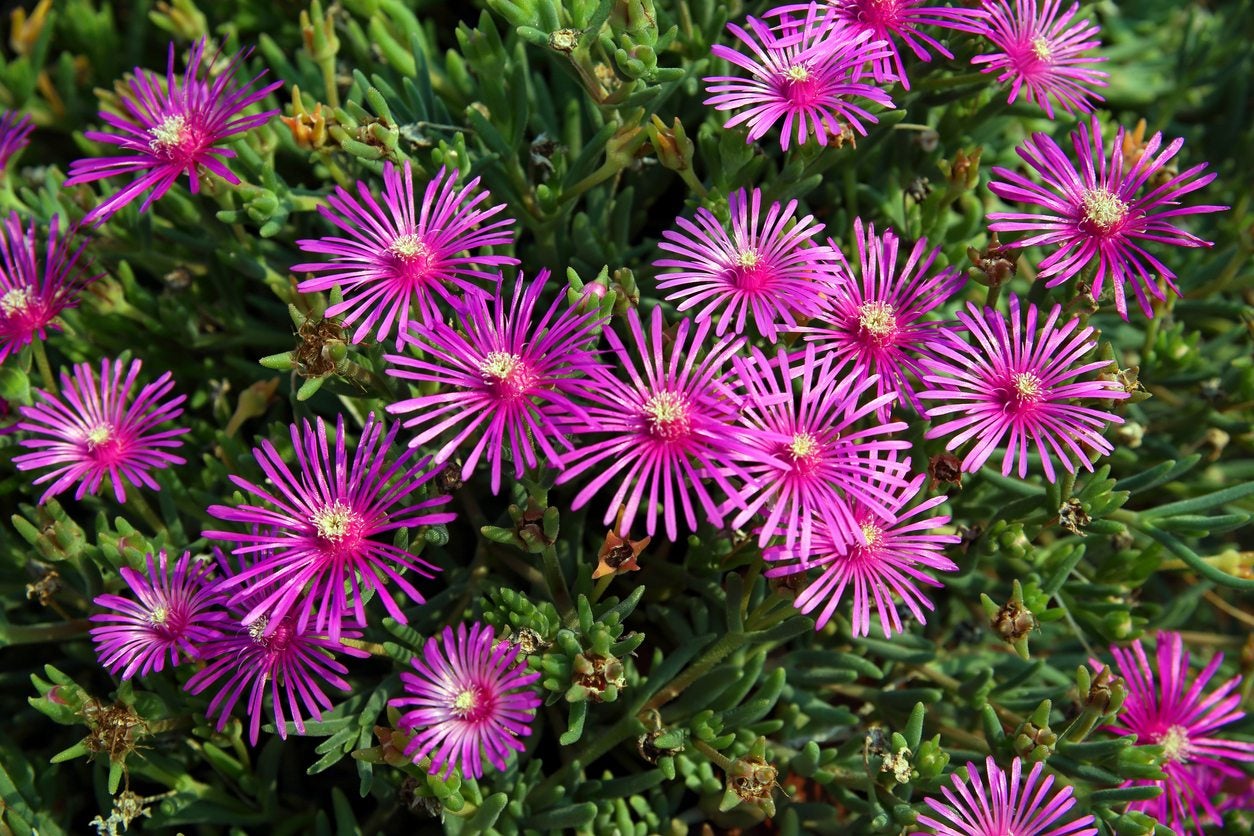
Zone 6 Hardy Succulents – Selecting Succulent Plants For Zone 6
We tend to think of succulents as plants for arid, desert climates, but there are a number of hardy succulents that tolerate chilly winters in zone 6, where temperatures can drop as low as -5 F. (-20.6 C.). Click here to learn about selecting and growing succulents in zone 6.
By Mary H. Dyer
-
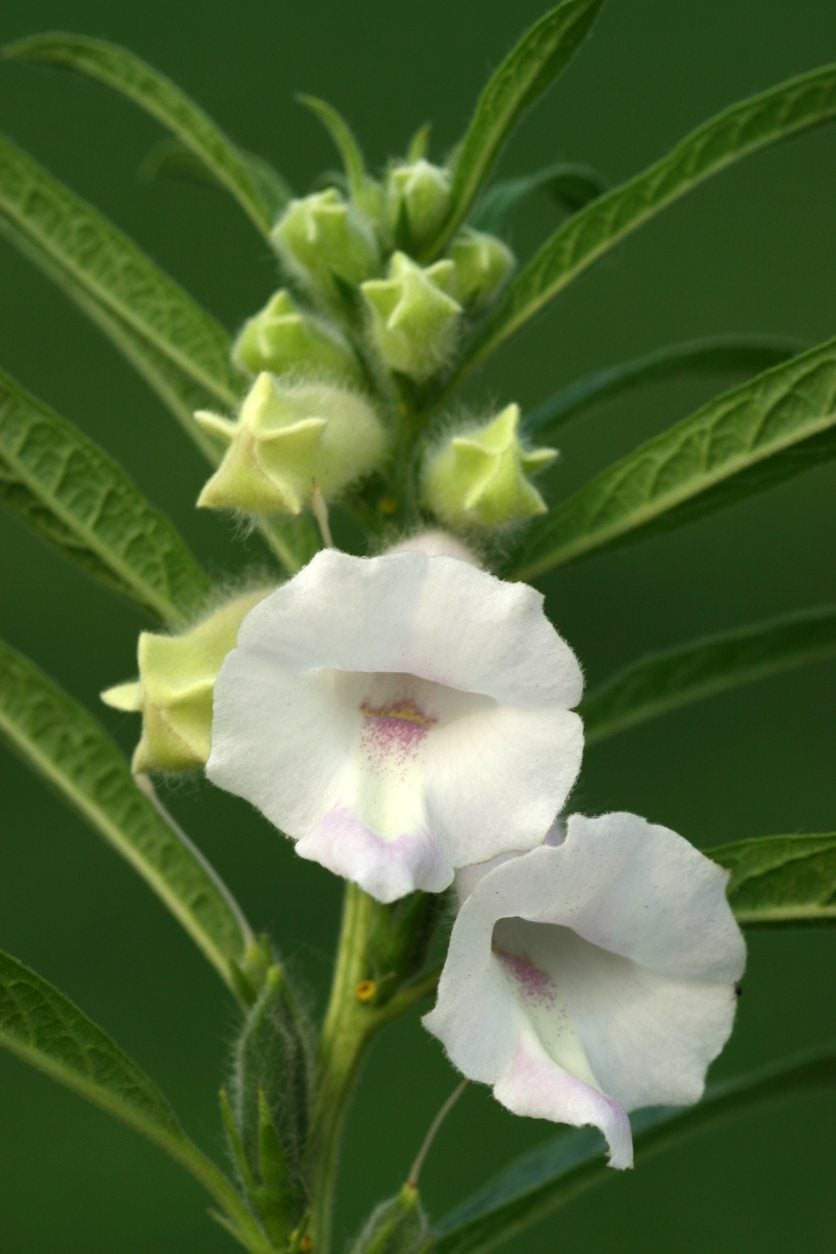
What Are Benne Seeds: Learn About Benne Seeds For Planting
What are benne seeds? Chances are, you already know about benne seeds, which are more commonly known as sesame seeds. In spite of its nutritional benefits, benne hasn't gained a following as a food crop in the United States. Click here to learn more.
By Mary H. Dyer
-
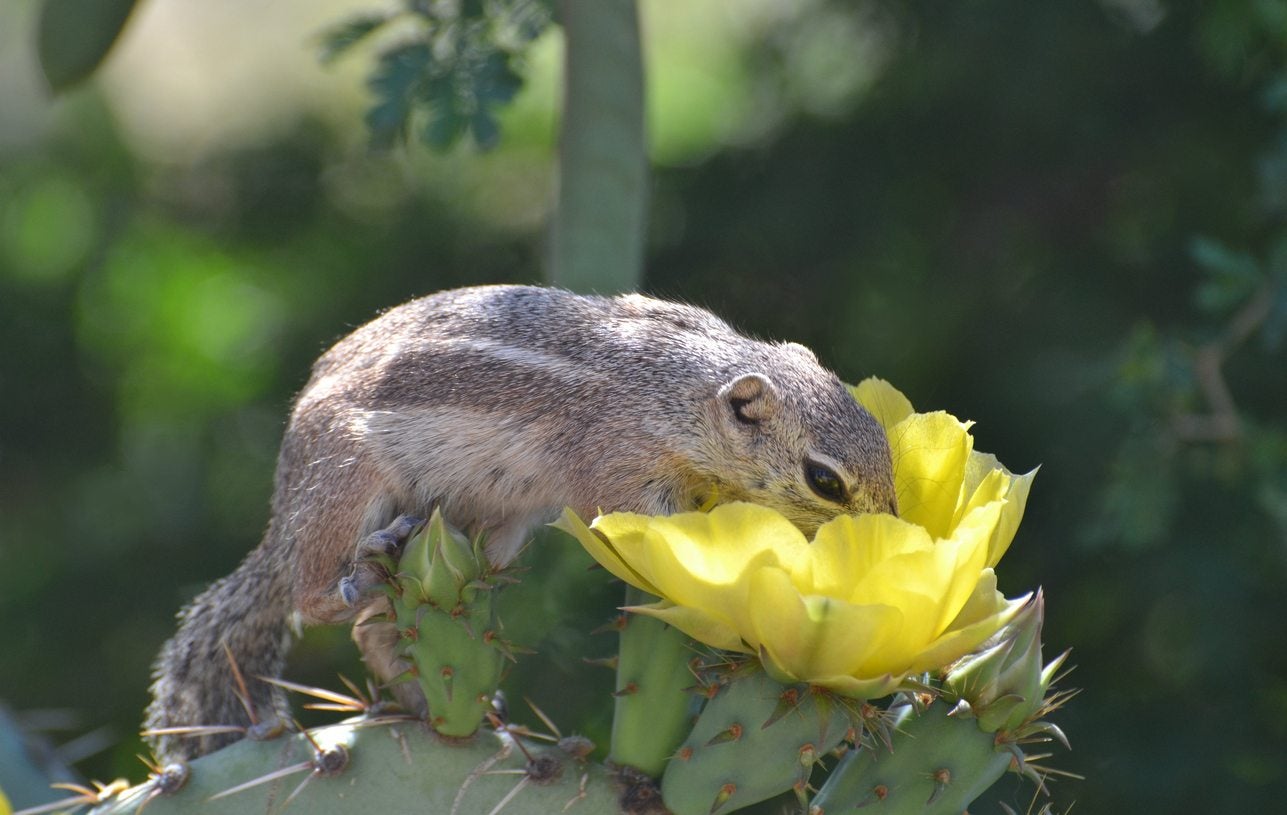
Cactus Plant Protection – How To Keep Rodents Away From Cactus
For some gardeners, rodents feeding on cactus can become a serious problem. Poison is one option, but you take the risk of harming birds and wildlife. If you're wondering how to keep rodents away from cactus, click this article for a few suggestions.
By Mary H. Dyer
-

Fall Planting Guide For Zone 6: When To Plant Fall Vegetables In Zone 6
Planting fall gardens in zone 6 seems like an impossible task, but there are a surprising number of vegetables suitable for zone 6 fall vegetable planting. Don't believe us? This article has some suggestions that may help.
By Mary H. Dyer
-
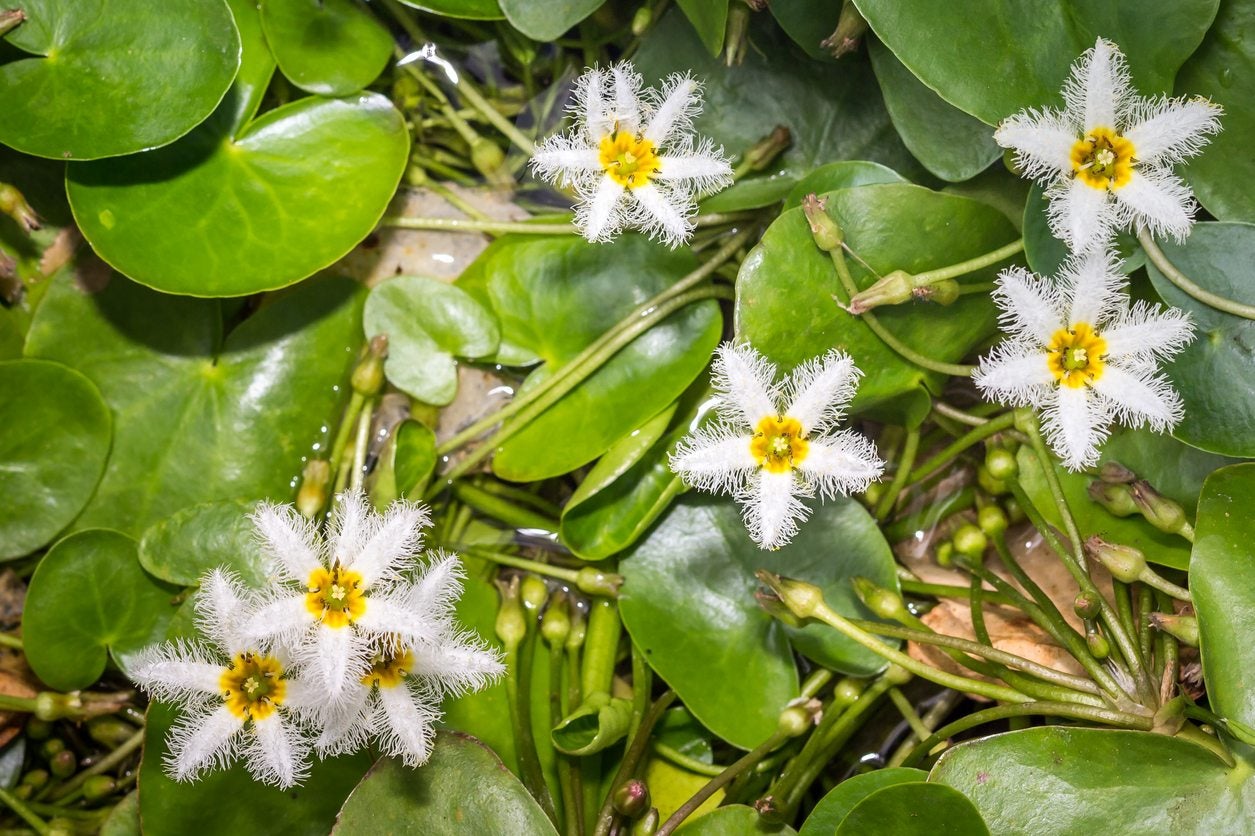
Water Snowflake Care – Learn About Snowflake Water Plants
Also known as the little floating heart, the water snowflake is a charming, little, floating plant with delicate, snowflake-like flowers that bloom in summer. If you have an ornamental garden pond, then you'll want to learn more about snowflake water lily in this article.
By Mary H. Dyer
-
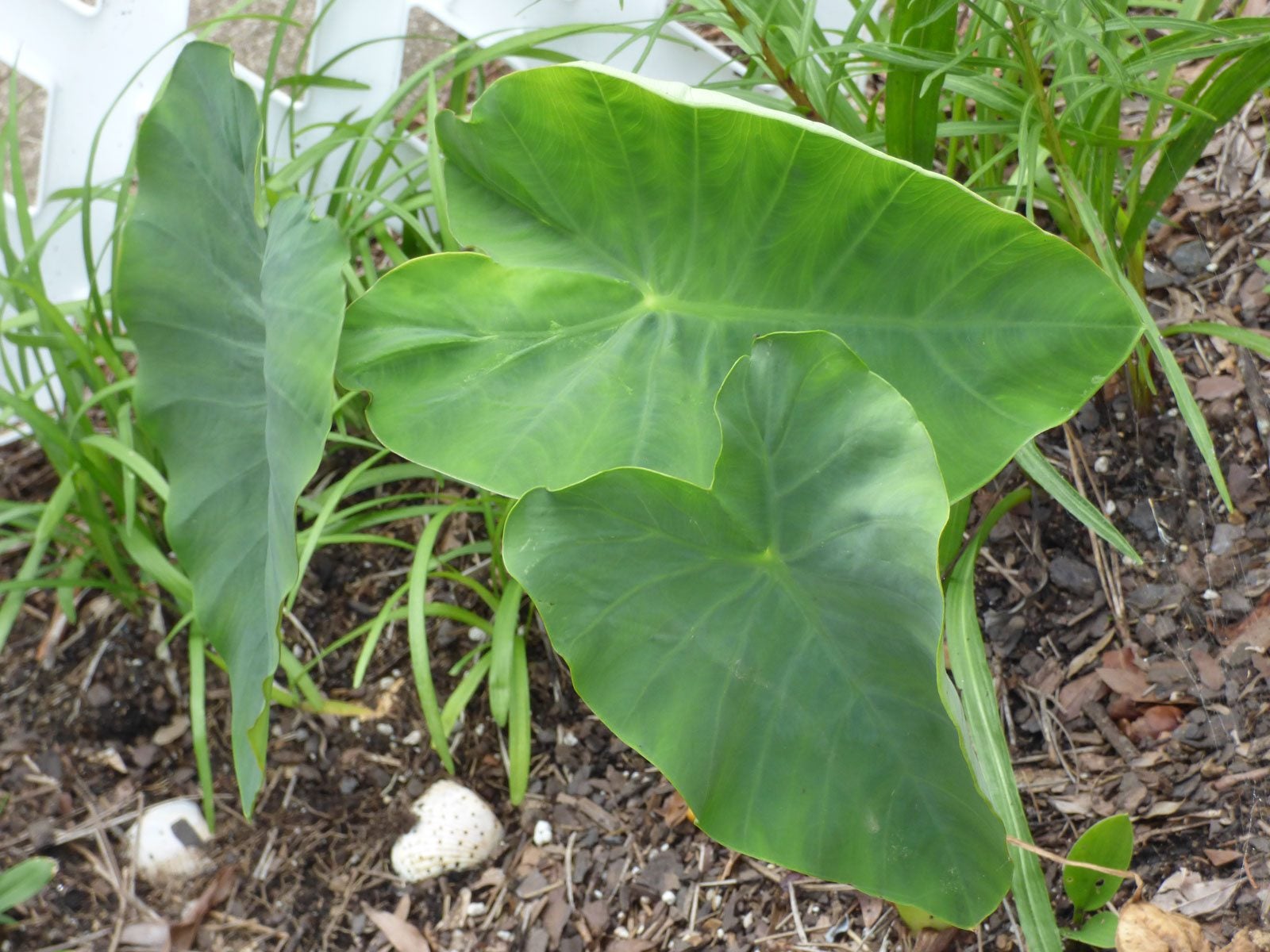
Zone 6 Elephant Ears – Tips On Planting Elephant Ears In Zone 6
Unfortunately for gardeners in USDA planting zone 6, elephant ears are typically grown only as annuals because Colocasia, with one notable exception, won't tolerate temperatures below 15 F. (-9.4 C.). Learn about that one notable exception here.
By Mary H. Dyer
-
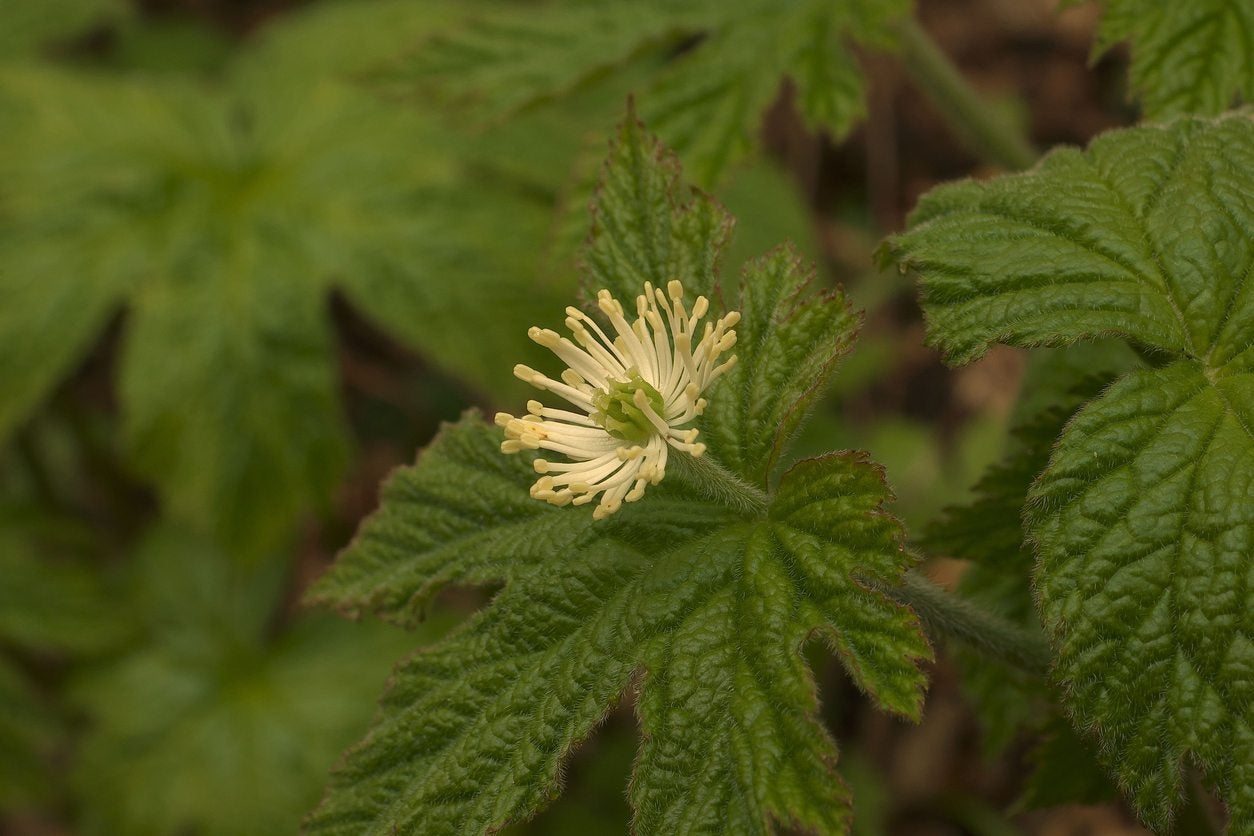
What Is Goldenseal: How To Grow Your Goldenseal Plants
Goldenseal is an endangered species, largely due to overharvesting. Removing the plant from the wild is illegal in many states, but growing goldenseal plants in your garden isn't difficult. Click the following article to learn more.
By Mary H. Dyer
-
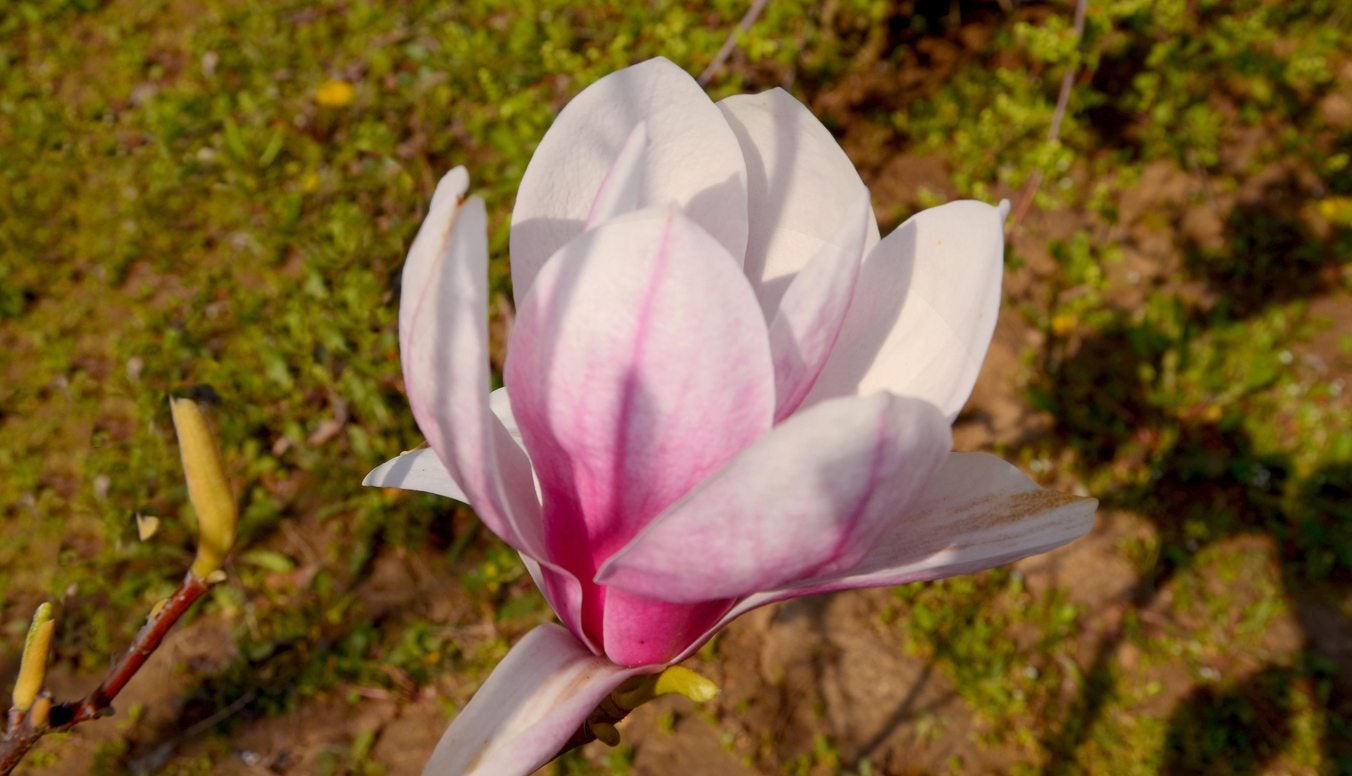
Hardy Magnolia Varieties – Learn About Zone 6 Magnolia Trees
Growing magnolias in zone 6 climates may seem like an impossible feat, but not all magnolia trees are hothouse flowers. In fact, there are more than 200 species of magnolia, and you can learn about a few of zone 6 magnolia trees in this article.
By Mary H. Dyer
-
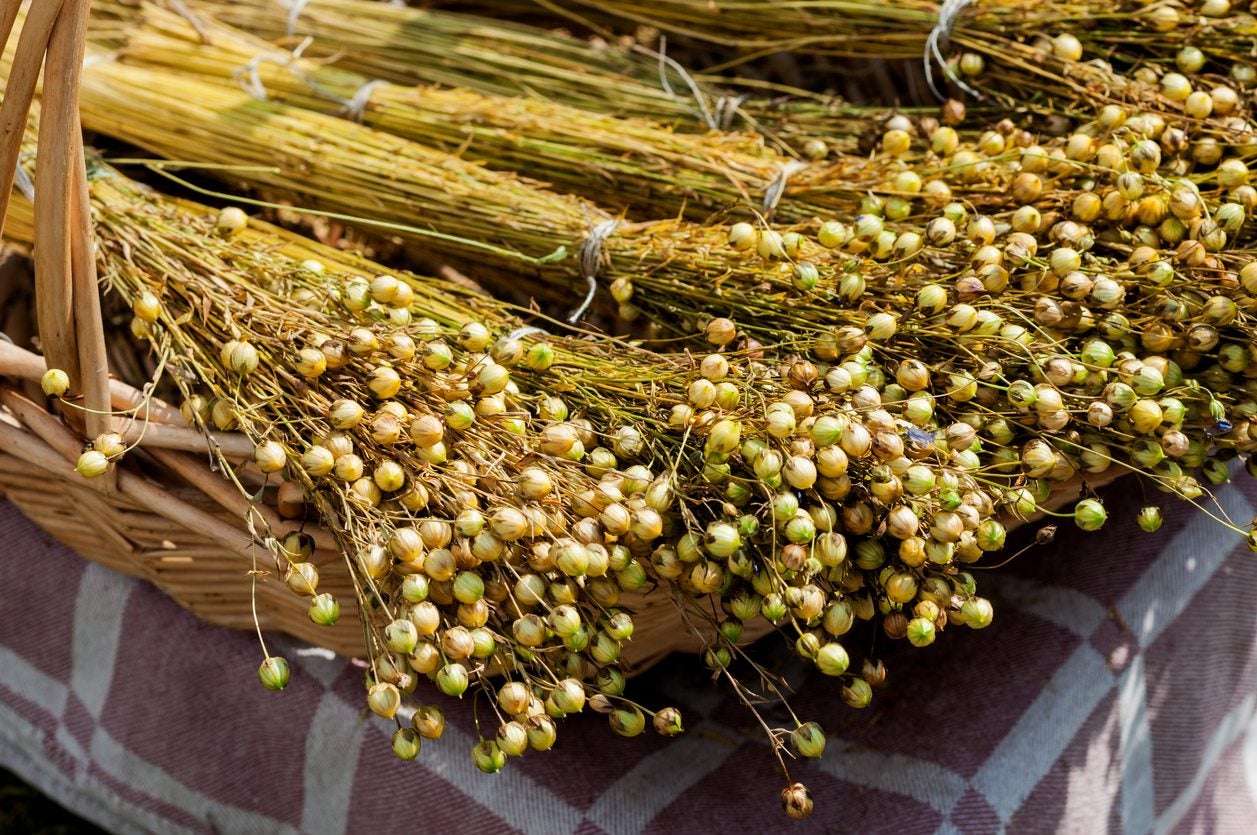
Flaxseed Harvesting Time: Learn How To Harvest Flaxseed In Gardens
Commercial flaxseed growers generally winnow the plants and allow them to dry in the field. For backyard flaxseed growers, harvesting flaxseed is a very different process usually done completely by hand. Click this article to learn how to harvest flaxseed.
By Mary H. Dyer
-
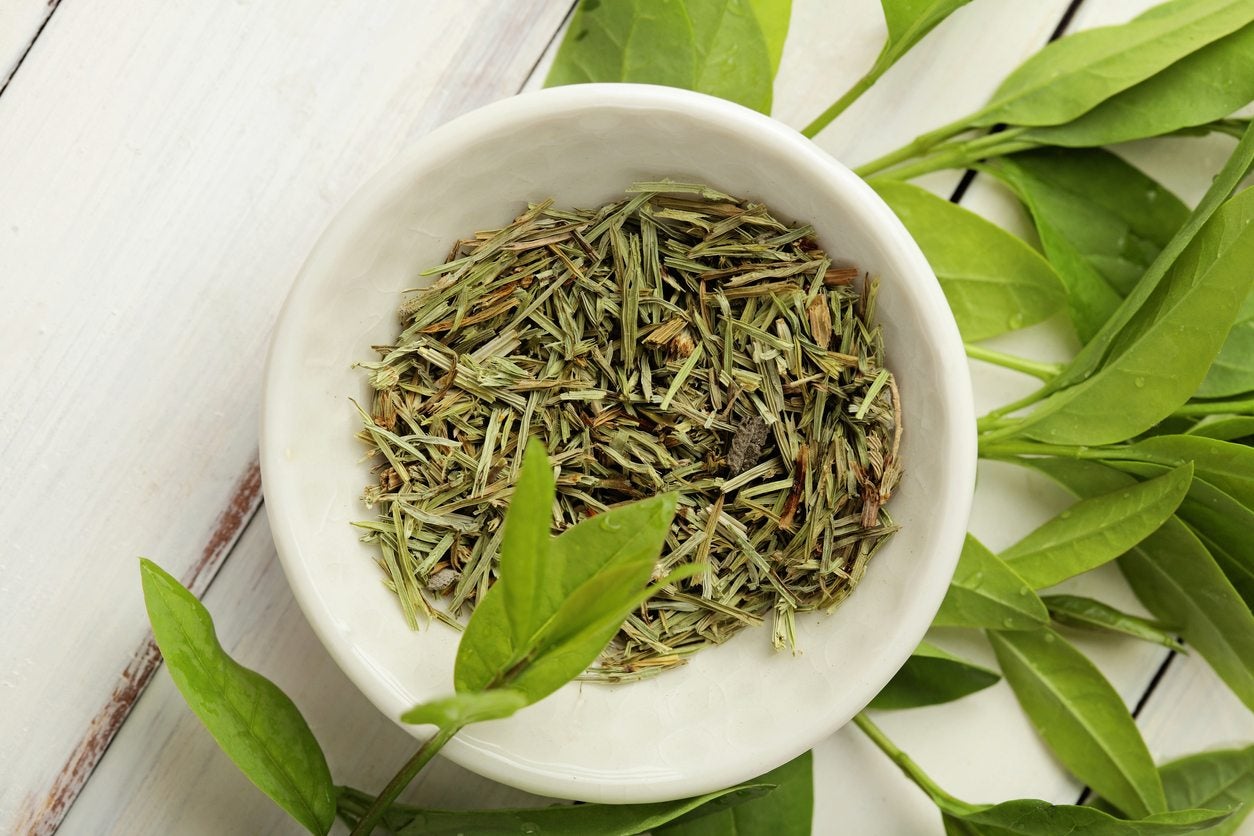
Tea Plant Care: Learn About Tea Plants In The Garden
What are tea plants? The tea we drink comes from various cultivars of Camellia sinensis, a small tree or large shrub commonly known as the tea plant. Familiar teas such as white, black, green, and oolong all come from tea plants. Learn more here.
By Mary H. Dyer
-
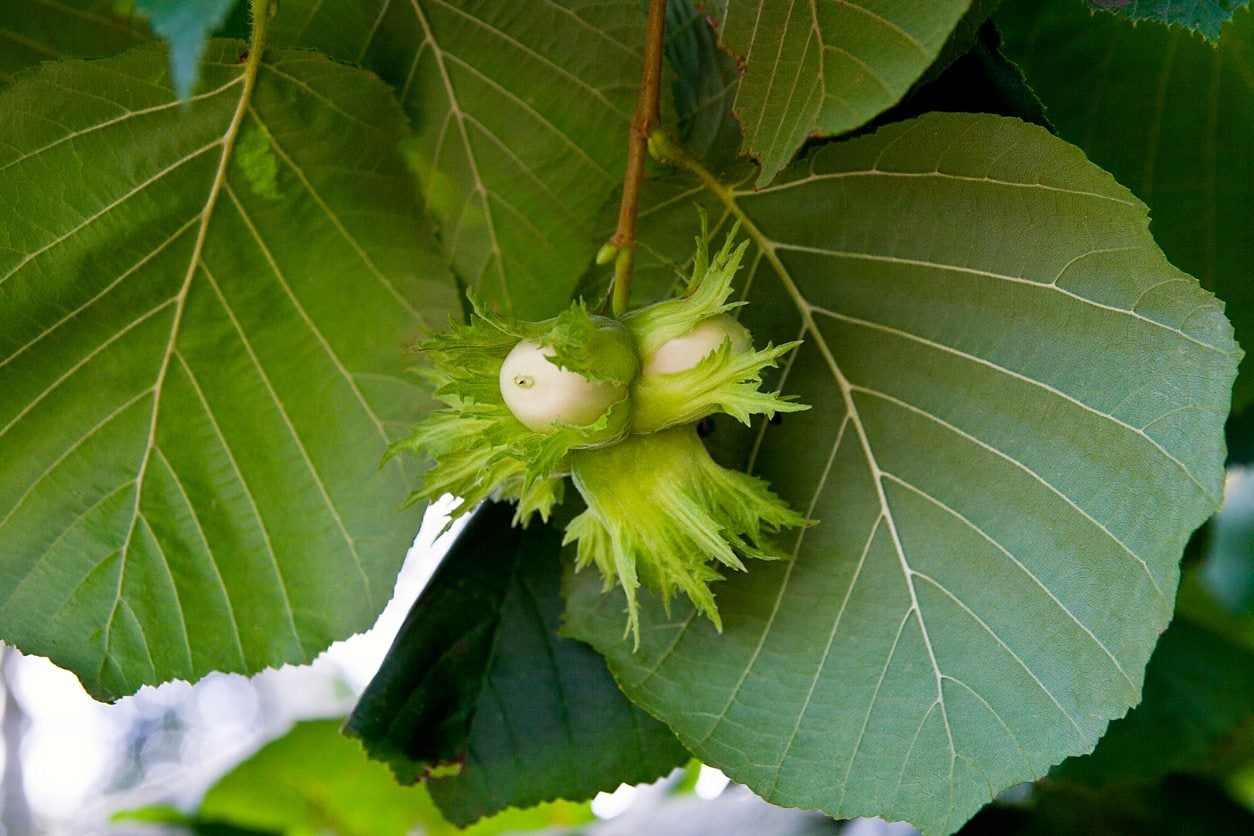
Zone 6 Nut Trees – Best Nut Trees For Zone 6 Climates
Many hardy nut trees actually prefer a chilly period during the winter months. While most nut trees are relatively slow to establish, many can continue to grace the landscape for centuries. Click this article for a few examples of hardy nut trees for zone 6.
By Mary H. Dyer
-
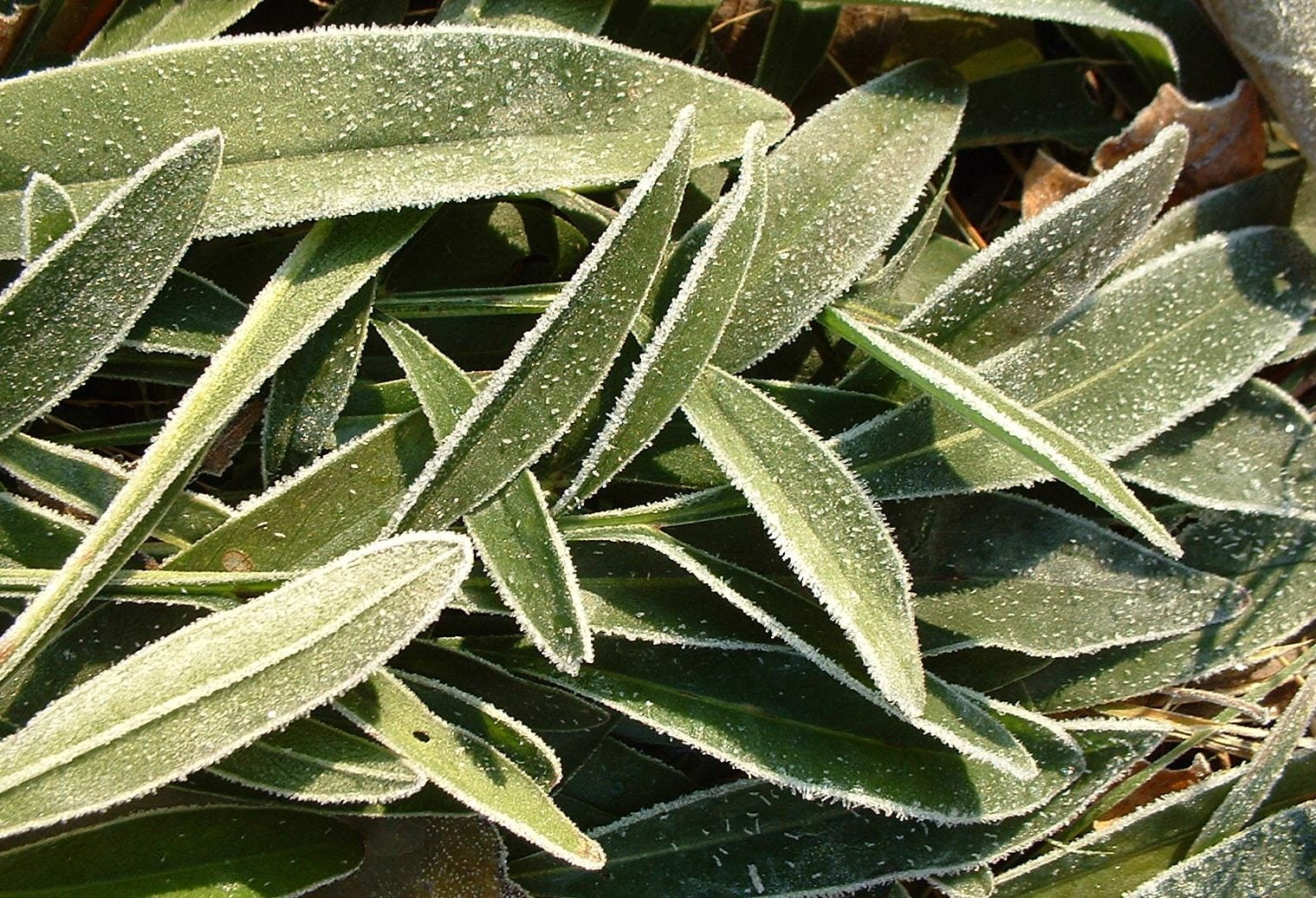
Coreopsis Overwintering: How To Winterize A Coreopsis Plant
Coreopsis is a hardy plant suitable for growing in USDA plant hardiness zones 4 through 9. As such, coreopsis winter care isn't a difficult task, but a bit of protection will ensure the plant remains hale and hearty throughout winter. This article will help.
By Mary H. Dyer
-

Zone 5 Native Grasses – Types Of Grass For Zone 5 Climates
Grasses add incredible beauty and texture to the landscape all year round, even in northern climates that experience sub-zero winter temperatures. Click this article for more information about cold hardy grasses and a few examples of the best grasses for zone 5.
By Mary H. Dyer
-
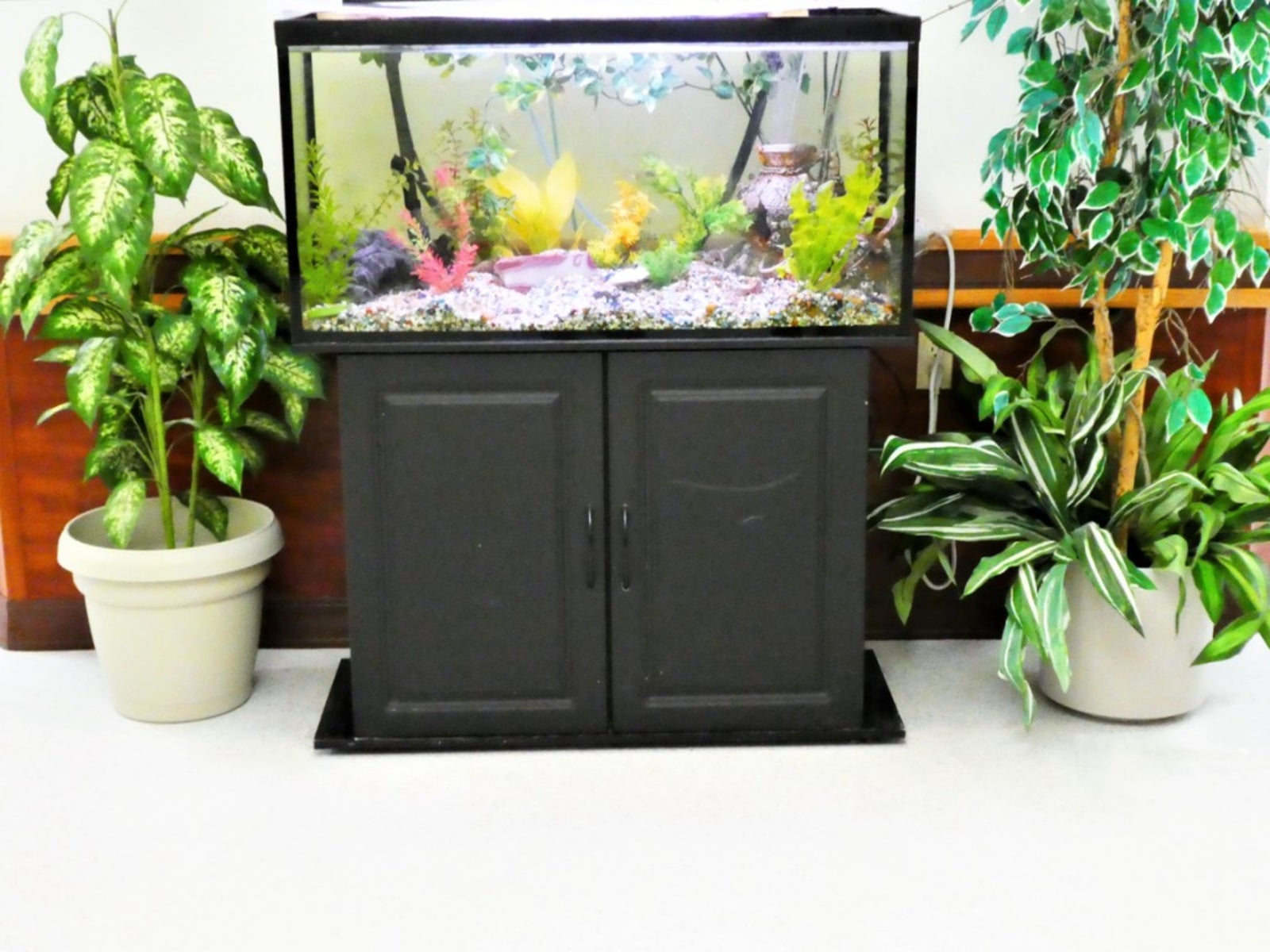
Plants Watered With Fish Tank Water: Using Aquarium Water To Irrigate Plants
Can you irrigate plants with aquarium water? You certainly can. In fact, all of that fish poop and those uneaten food particles can do your plants a world of good. Learn more about watering indoor or outdoor plants with aquarium water in this article.
By Mary H. Dyer
-
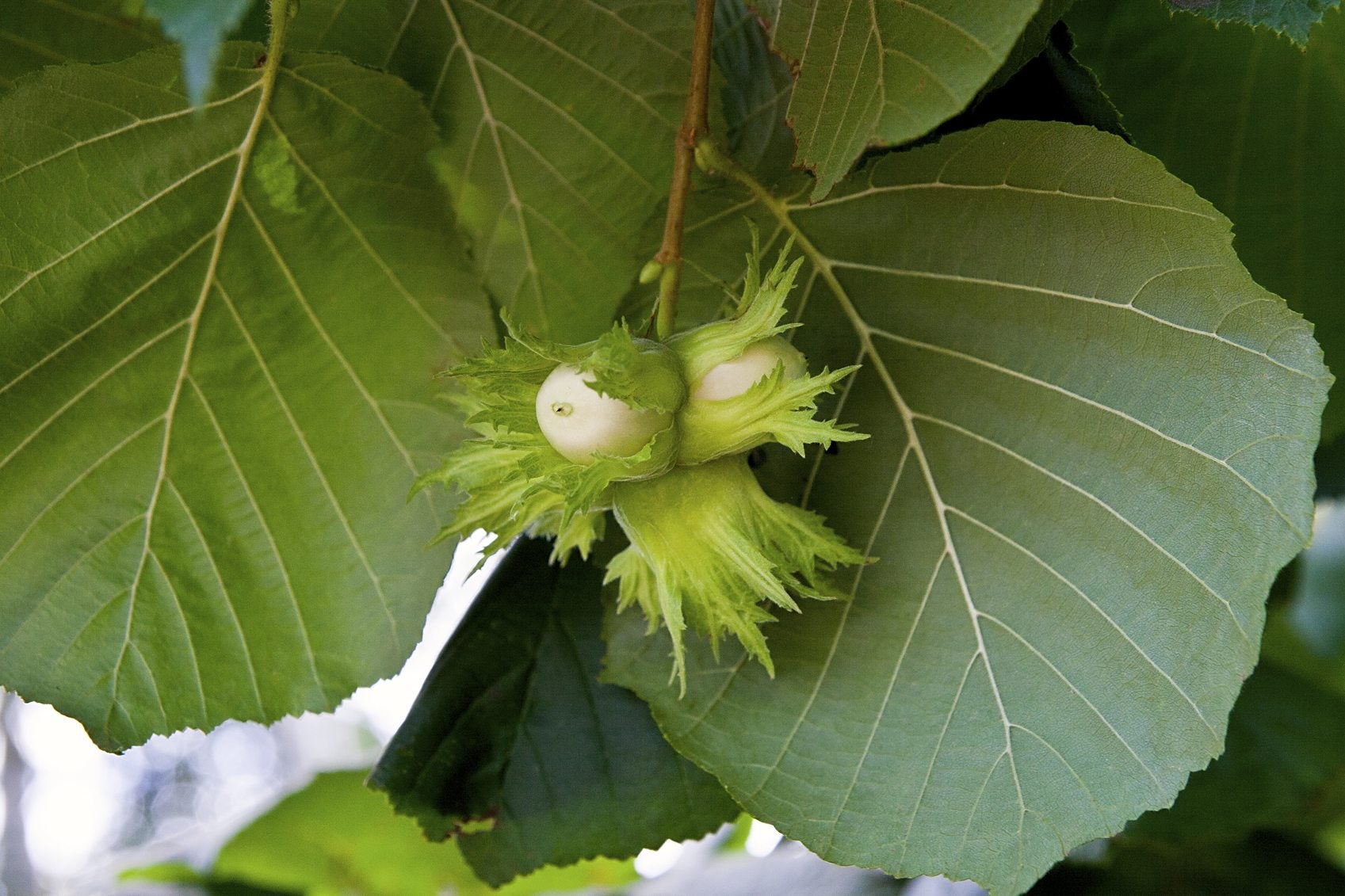
Zone 4 Nut Trees – Tips On Growing Nut Trees In Zone 4
If you're gardening in zone 4, one of the coolest northern climates, you're in luck as there's no shortage of hardy nut trees that grow in zone 4 gardens. Click this article to learn about some of the best zone 4 nut trees, and a few helpful tips for growing them.
By Mary H. Dyer
-
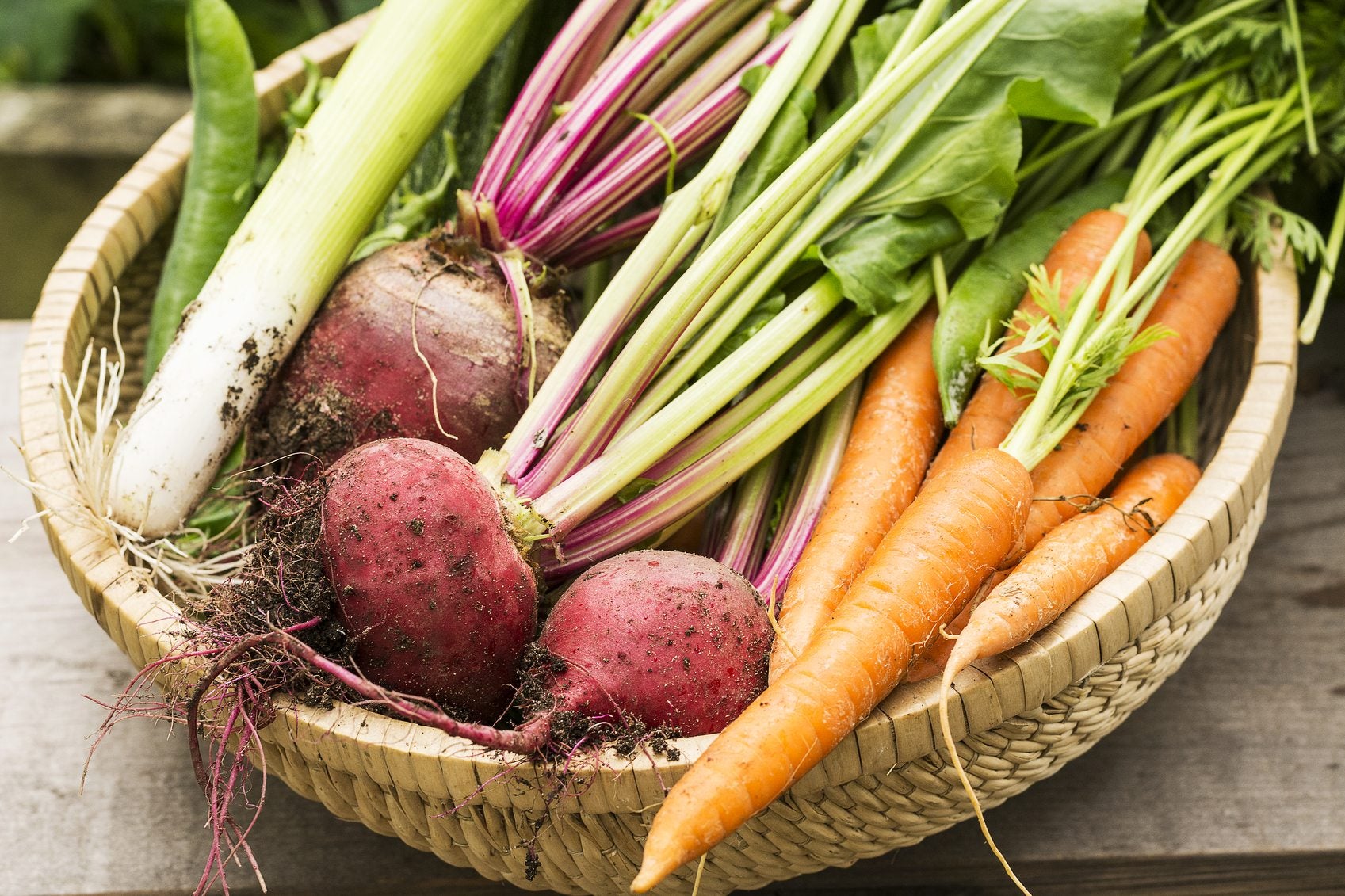
Growing Cold Hardy Vegetables: Tips On Vegetable Gardening In Zone 4
Vegetable gardening in zone 4 is a challenge to be sure, but it?s definitely possible to grow a bounteous garden, even in a climate with a short growing season. The key is choosing the best vegetables for cold climates. Learn more in this article.
By Mary H. Dyer
